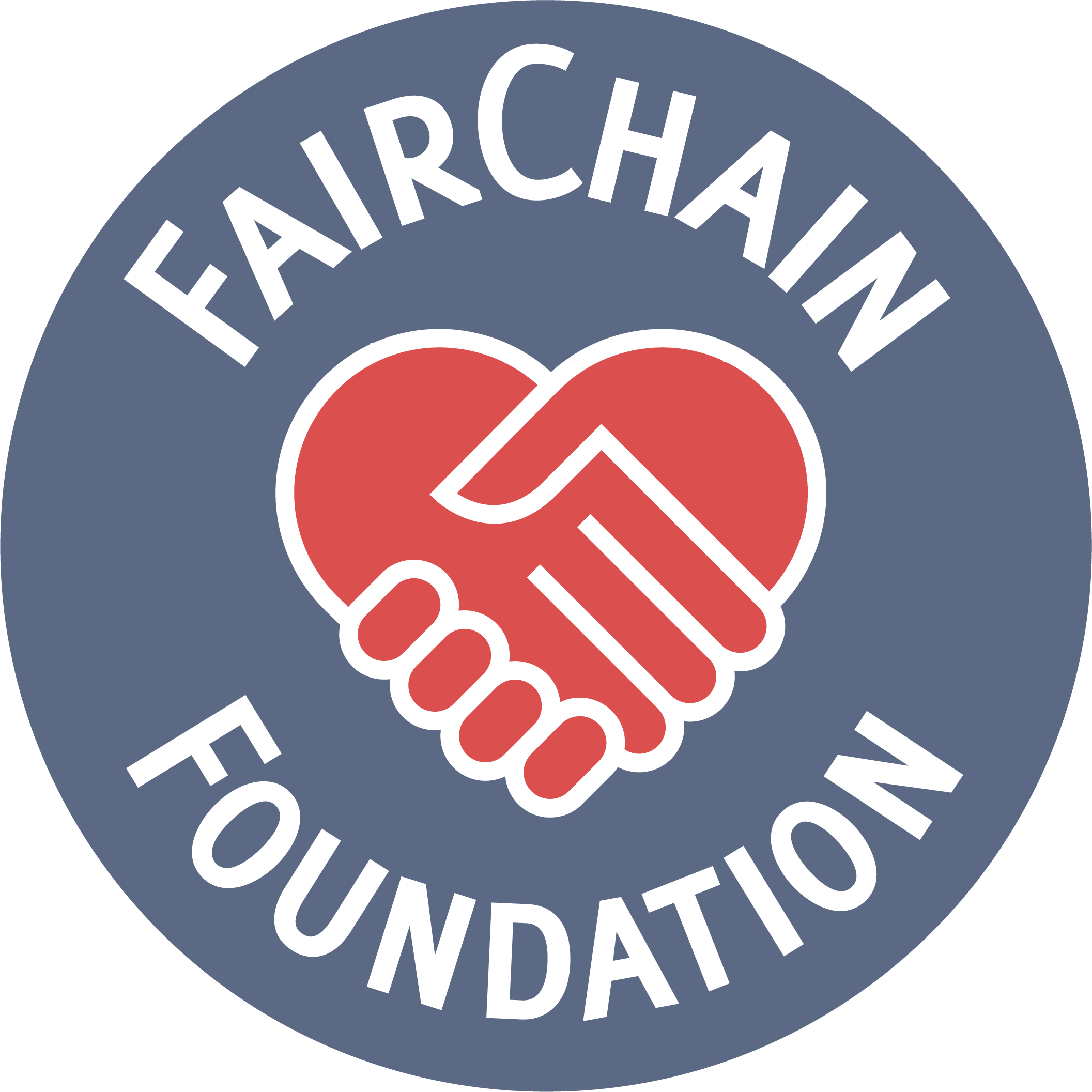Currently, only 10% of the value of a cup of coffee remains in the country of origin with most coffee farmers living below the poverty line. The FairChain Foundation has been working closely with Moyee Coffee to develop a living income for farmers.
THE MEANING OF A LIVING INCOME DIFFERENTIAL
Living income is defined as a sufficient income generated by a household to afford a decent standard of living for the household members. Elements of a decent standard of living include a nutricious diet, clean water, decent housing, education, healthcare, transport, clothing and other essential needs, including a provision for unexpected events. The FairChain Foundation and Moyee Coffee have been working together to develop a Living Income Reference Price for Moyee’s farmers. This price corresponds to the amount needed for an average farmer household with viable farm size and adequate productivity level to make a living income from selling their crops.
THE ROADMAP
Because the road to a living income is not straight, we invest in a wide variety of activities to increase our odds of succeeding. Higher prices are only part of the solution – higher yields, lower production and living costs are needed as well.
The investment is admittedly high in the beginning but becomes less as we reap the quality, yield and price benefits of our interventions. The average income for an Ethiopian farming family of 7 is €521 annually. Our living income benchmark is €1,055, which is based on coffee and non-coffee incomes earned by our farmers in Limmu, Ethiopia. Since we began researching living income in Moyee’s chain we have made it the central focus of our interventions. It has not always been easy to establish benchmarks due to, among other things, a bad harvest in 2018. So we created a pool of 100 farmers in Limmu to better assess the impact of our interventions. Before our interventions, these farmers earned €267 annually from coffee. Our intervention increased their income to €598. Close to what is need for a living income, but in 2019 it dropped dramatically to go up again in 2020.
While continuing to work closely with and carefully monitor the progress of Limu farmers, we have also begun a new living income intervention with 200 Ethiopian farmers. In 2021, we will expand our living income program to 12,000 farmers in southern Ethiopia and 2,600 farmers in Kenya. During this time, we will also unveil a campaign to reach new roasters to embrace and test our model.
The FairChain model aims to help farmers achieve living incomes not only by improving quality and yields but also by lowering production costs, invest in digitization, access to credit and healthcare. On top of that our coffee tree planting has the aim to double farmer income. We believe that the FairChain model has the potential to replace development aid in countries rich in natural resources, such as coffee.
CURRENT ACHIEVEMENTS
€78.236 Premium Paid – In 2020, we paid out 78.236 in FairChain premiums ( a 20% premium every FairChain farmer receives above market price for growing premium organic coffee) for our Ethiopian and Kenyan blends. On average we paid 300% more than the Fairtrade minimum price to our Ethiopian farmers. In Kenya we pay 20% on top of the farmer coop selling price set with other buyers.
€115.505 Living Income Differential – Last year, we invested €115.505 in the Living Income Program. Bringing the total to €666.678 since the beginning of the program.
568 Farmers in the Living Income Program – By 2020 we have grown the number of our FairChain farmers in Ethiopia to 568 but also introduced sustainable composting to 2,500 Kenyan coffee farmers who will soon be supplying us with a low coffee chemical to be FairChain coffee.
LIRP IN UGANDA

The FairChain Foundation and Moyee are also collaborating to develop a LIRP for Uganda coffee farmers. As a result to FairChain experts are now working in Mount Elgon, an area known for growing some of the best Arabica coffee and also for its poverty, landslides and climate change struggles.
THE IMPORTANCE OF HAVING A THEORY OF CHANGE
Together with Moyee Coffee, we aim to be the first project to succeed where all the others have failed in closing the income gap for small coffee farmers. The design and development of a robust Theory of Change has allowed us to ensure that the brands we work with have quantifiable proof of impact. To achieve so, we introduce report-based programs in which we make sure all interventions are connected to a specific set of goals.
In this particular case, we’ve visualized the theory of change in what we call a Living Income Roadmap.





